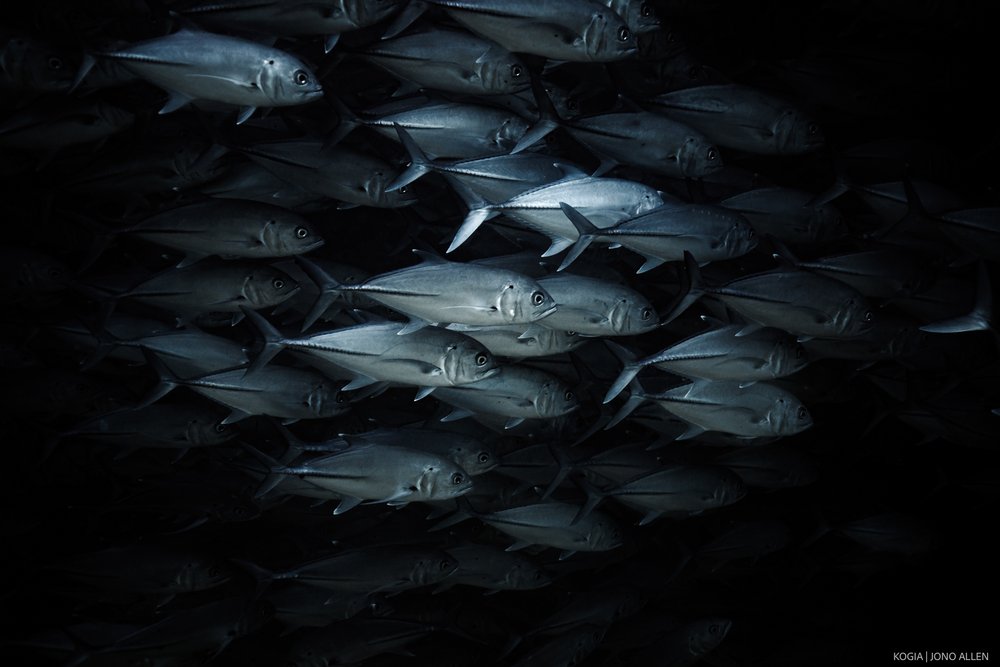There’s still much we don’t know about marine biodiversity. Through BIOcean5D, we’re working to understand marine life and how it changes across the dimensions of space, time and human impact – seeking to inform the sustainable management and preservation of our marine ecosystems.
Several research groups across BIOcean5D use data science approaches to understand marine biodiversity. This includes techniques like species distribution modelling (SDM) to map diversity for global ecosystem monitoring.
“Species distribution modelling lets us extrapolate observations of different organisms’ abundances across time and space,” explains BB Cael, Principal Scientist at National Oceanography Centre (UK) and BIOcean5D team member. “We can convert these measurements into best-guess maps of where different organisms live and how abundant they are.”
The field of marine SDM has expanded significantly over the past decade. Remaining challenges include the standardisation of data and modelling approaches, as well as the difficulty of mapping biodiversity of organisms across the ocean from the sparse, uneven distribution of ocean observations.
In September, Cael and Meike Vogt – co-lead of BIOcean5D’s third work package and Senior Scientist at ETH Zurich (Switzerland) – led a workshop focused on SDM. The event convened those working at the forefront of SDM research across Europe.
“This workshop was an opportunity to discuss how we can share our data, methods and knowledge, in order to be able to improve our understanding about who lives where and with whom in the ocean. It also served to connect the European community of species distribution modellers,” describes Meike. “This will help us to streamline our research in BIOcean5D and foster collaboration within and beyond the project.”
 Credit: Kogia / Jono Allen
Credit: Kogia / Jono Allen
Reaching consensus
The workshop provided a starting point to begin building a European community focused on SDM research. An important step is to reach a consensus on different elements of research, to improve efficiency and avoid duplicating efforts.
For example, the attendees discussed:
- Which climate model output to use.
- Which mathematical methods and approaches to use to make maps of species distributions, and how to make the best of scarce and biased data
- Community standards and best practice guidelines, including for quality control, reproducibility and documentation.
“Although there’s more to be done to reach specifics on the consensus, it was a successful workshop on all counts,” Cael says. “Getting everyone to get to know each other and hear about where interests might overlap with others’ was a big success in my mind.”
Driving collaboration
Joining the workshop were 39 attendees from 10 different countries. Many are members of BIOcean5D and other related European projects – including the EU-funded AtlantECO, Mission Atlantic and Blue-Cloud 2026. Most work on plankton and the marine microbiome, with good attendance also from the European fish modelling community. The organisers achieved a 1:2 female-to-male ratio, plus attendance from people at all stages of the research career pipeline.
“One thing that came up repeatedly was how much we can learn from the terrestrial SDM community,” says Cael. “It’s existed for decades longer than the marine SDM community.”
“We also realised that BIOcean5D represents a big chunk of the marine SDM work being done across Europe,” Cael expanded. “There’s a lot we can learn from each other. This gives us an exciting opportunity to leverage BIOcean5D to build a wider community focused on marine SDM.”
The workshop’s discussions will help to lay the groundwork for continued collaboration within BIOcean5D – and for building a European scientific community focused on marine SDM.
The group also established a steering committee of eight, who will continue to push these efforts forward in the future.